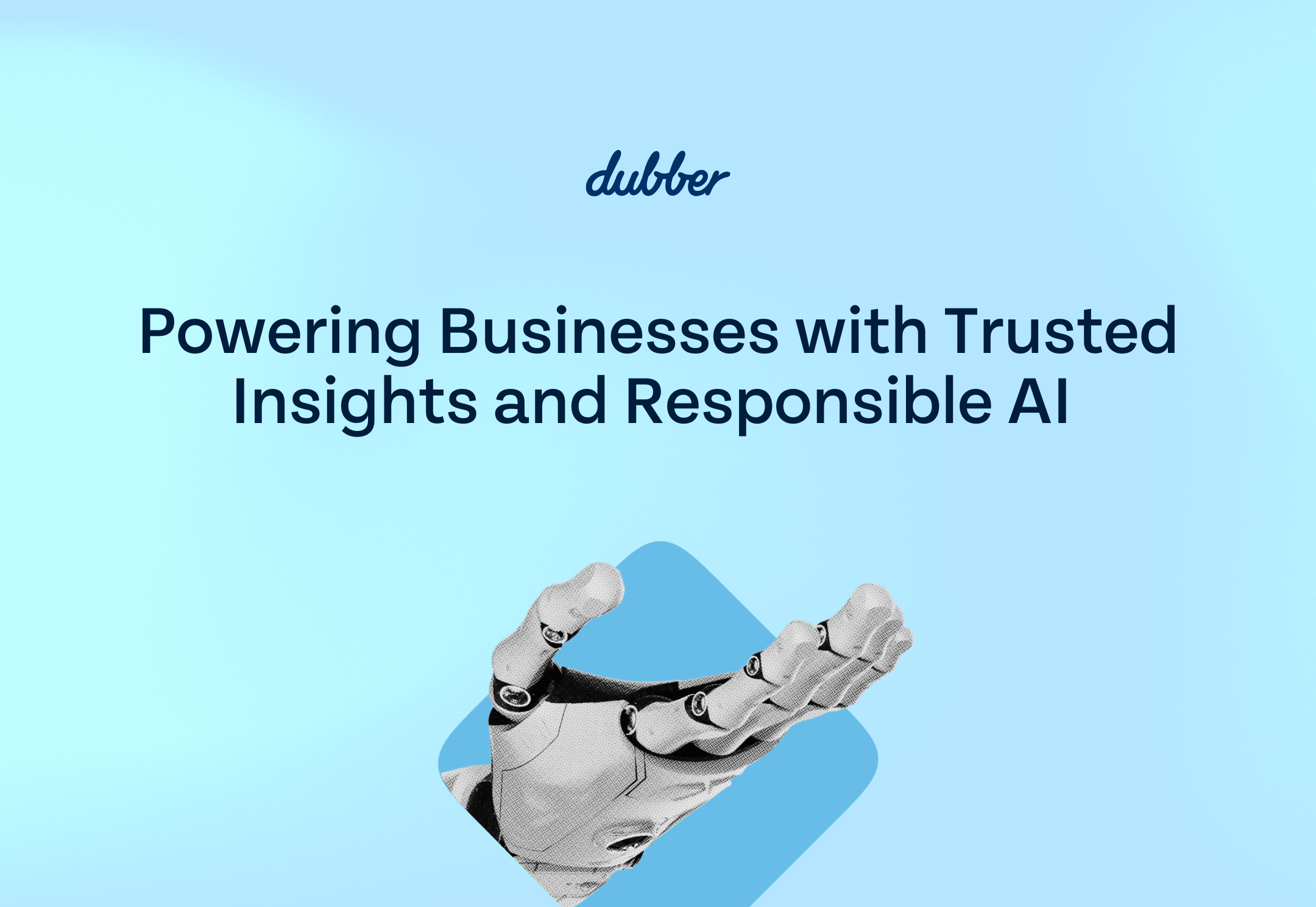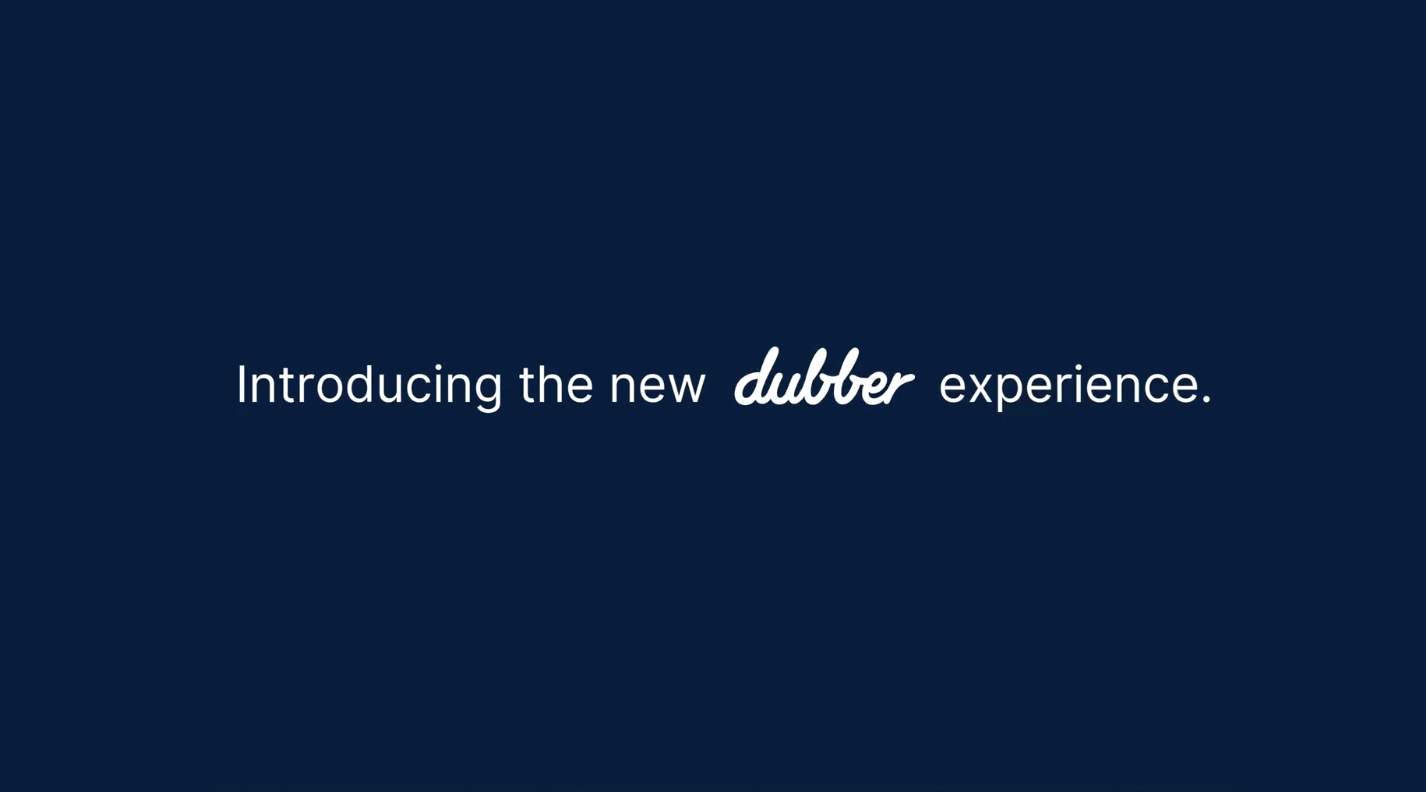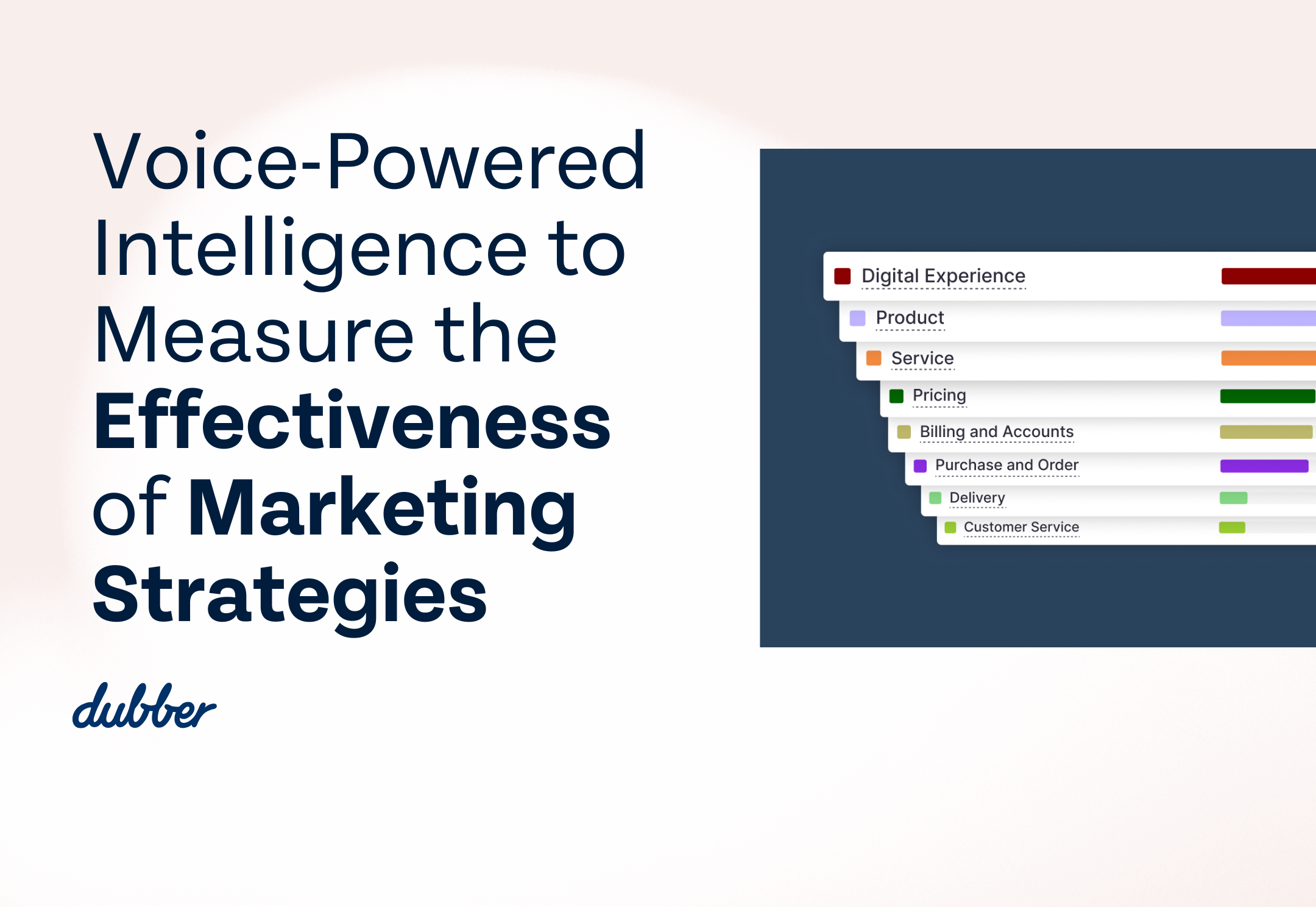

The Rise of Platform Services – PaaS and CPaaS
The rise of cloud computing has given birth to an entire industry of cloud-based services, as companies from all sectors move their products and services to the cloud to offer their customers an improved product. Cloud services offer a myriad of benefits, including reduced costs and unlimited scalability, all of which stem from their liberation from hardware. Cloud solutions soon evolved to include a wide range of services. New native cloud solutions were built on engineered platforms and deployed on cloud infrastructure, and from this Platforms as a Service (PaaS) – and eventually a variety of related dedicated services (such as CPaaS) – were born. PaaS provide fully managed platforms on which companies can build applications quickly and easily, without the complexity of building or maintaining the infrastructure beneath, and at a fraction of the cost. This may all sound like something out of Matrix, but it’s actually not that complicated – and the result is beneficial for all users.
The Cloud Computing Stack
Cloud services allow companies to outsource a part of their infrastructure or software service, ultimately opening up a plethora of applications for both business and personal users. The most common services form what is known as the ‘cloud computing stack’:
Infrastructure as a Service (IaaS) – a series of virtualized servers that complete a company’s network infrastructure
Platform as a Service (PaaS) – a provider manages a platform where companies can build their own software, deploy existing services or run off-the-shelf products
Software as a Service (SaaS) – a provider hosts cloud based software on behalf of a company, often eliminating the need for any upfront costs or investment in hardware and software license
Screen-Shot-2016-12-09-at-12.36.16
Diagram from Rackspace
The interaction between the 3 services is best described using the following analogy from Rackspace:
If the cloud stack was a road system: the roads are the infrastructure, vehicles are the platform that sits on top of the infrastructure and transport the people and goods, and the people and goods are the software and data.
The PaaS market in particular has seen significant growth in recent years; it was valued at $1.60 billion USD in 2013 and has been forecast to grow by 25.7% annually between 2014 and 2020. Forbes estimate that the PaaS market will reach $7.5 billion USD by 2020. This growth is partly due to investment from internet giants such as Google and Amazon, as well as pioneering firms like Rackspace and OVH.
Screen-Shot-2016-12-05-at-17.25.08
Graph from Transparency Market Research
PaaS solutions offer end user organisations and service providers an alternative to the complex infrastructure and high costs of legacy software building solutions, and appeal to various sized enterprises because they are flexible, fully scalable and have no capital expenditure.
CPaaS – The Communication Solution
As the popularity and revenue from the PaaS market rises, platform solutions that cater to smaller, more specific requirements, are created. A key example is the Communications Platform as a Service (CPaaS) market. The platform which CPaaS solutions provide, enables the integration of real-time communications, such as instant messaging and voice calls, into existing business applications. This is an innovative solution for enterprises of all sizes, as previously real-time communications have only been accessible from purpose-built applications, which require expensive hardware and software installations.
CPaaS solutions are a natural progression in the previously stagnant telecommunications industry, because they uniquely offer high availability and accessibility, affordable Pay-as-you-go pricing models, high security, multi-tenancy and no CapEx. Ultimately, CPaaS platforms enable the creation of application bundles, opening up exciting opportunities for the telecoms industry. The past year has been a dynamic growth year for CPaaS; Dr. Natasha Tamaskar from GENBAND estimates that the value of the CPaaS market will reach $40 billion US by 2019.
Dubber’s core offering is a CPaaS solution. From the bottom up, Dubber has been built as a communication platform where new and innovative products can be designed and deployed as product offerings.
True_cloud_platform-02-1024×572
For service providers, CPaaS facilitates the embedding of communication solutions, ultimately bringing innovative new offerings to customers. Using Dubber’s RESTful API, service providers can build communication bundles that offer call recording and communication capture services on top of their own products, in a way that matches the needs of their customers and fits the company branding. In this way, CPaaS and APIs collaborate well, with the former even making the latter more valuable.
Using CPaaS to build applications opens up a myriad of benefits for end users. Ultimately, CPaaS helps both business and personal users to increase their organisation, productivity and efficiency, streamlining their communications and gaining deep insight into the content.
Dubber is a CPaaS that brings the benefits of communication capture and voice intelligence to everyday communications. Ultimately, this organises communication forms onto a single platform and increases their accessibility, whilst maximising their value by bringing the insight of intelligent voice diagnostics to all recorded conversations.
The CPaaS market brings the benefits of cloud computing to communications, allowing service providers to innovate and deploy new solutions faster – making them more affordable, accessible and relevant to end users than ever before. The rise of cloud services as an industry, together with the Internet of Things and Big Data, mark the continuing power of the internet in everyday life, and soon 92% of everything we do will be in the cloud.

